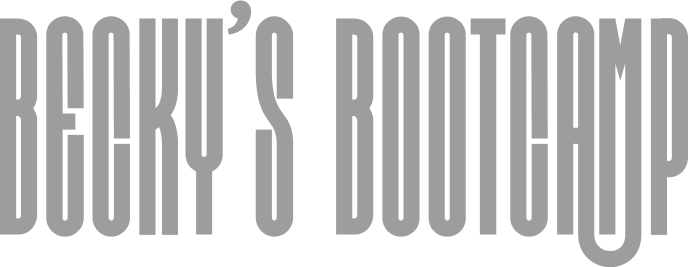A good content strategy prevents blanks and ensures coherence, consistency and continuity. By focusing from the beginning on building trust and developing a strong relationship with your target audience, you lay the foundation for long-term success. It gives footing to your team and direction to your communications. In a world full of incentives and platforms, it makes the difference between noise and relevance. By looking strategically at content, target audience and distribution, you increase your chances of impact. Moreover, it helps you plan more effectively, make better choices and get more out of your marketing budget. No more ad hoc posts, but good content that clearly conveys your core message – targeted and effective for your brand and your audience.
Goals and target audience
Setting goals
An effective content strategy starts with sharply formulating goals that contribute directly to the desired outcome. This means looking not only at what you want to achieve, but also how to make it measurable. Consider goals such as increasing brand awareness, generating more leads, or increasing conversion on specific landing pages. By linking these goals to your overarching business strategy, you ensure that every action within your content creation is focused on achieving concrete results. A successful content strategy engages a strategic approach in which you continuously test whether the content is contributing to the set goals. That way, you develop content that is not only relevant to your target audience, but actually makes an impact and helps your organization grow.
Defining the target audience
Developing an effective content strategy requires a deep understanding of your target audience. By analyzing who your potential customers are, what information they are looking for and through which channels they prefer to communicate, you can create content that truly meets their needs. This means looking not only at demographics, but also at interests, behaviors and the stage of the customer journey they are in. By knowing what channels your target audience is active on, you can distribute targeted content and cater to the preferences of different personas. That way, you make sure your message reaches the right people at the right time, through the right channel – and you increase the chances of engagement and conversion.
Research and analysis
A strong content strategy stands or falls with thorough research and sharp analysis. Before creating new content, it is essential to analyze your existing content: which pages are performing well, where are there still opportunities and which topics are underexposed? By conducting a content audit, you will gain insight into the information architecture of your website and discover where optimization is possible. It is also valuable to look at the competition: what type of content works for other players in the market, which channels do they use and where can you distinguish yourself? Also, analyze the search engine performance of your current and potential content so that you can target search behavior and trends. By combining these analyses, you lay a solid foundation for a content strategy that not only meets the needs of your target audience, but also stays top of mind in a competitive market. In this way, you develop a strategic approach with which your content contributes to achieving your objectives and produces the desired results.
Content audit: the starting point of optimization
A content audit is a systematic evaluation of all existing content on your website and other channels. Here you not only look at quantitative data such as visitor numbers and conversions, but also at qualitative aspects such as relevance, topicality and consistency of the message. This audit gives you insight into which content is valuable and which content may be obsolete or redundant. This helps you determine which content you can keep, improve or remove. A well-executed content audit prevents you from putting energy into creating new content that overlaps with existing content, and ensures that your content strategy is efficient and effective.
Competitive analysis: learning from others
Analyzing competitors is crucial to discovering opportunities and strengthening your own position. Look not only at direct competitors, but also at companies that indirectly compete for the attention of your target audience. What forms of content do they use? What topics do they cover? How often do they publish new content and through what channels? With these insights, you can determine where you can offer a unique or new angle. This will help you create relevant content that stands out and better meets the needs of your potential customers.
Keyword and trend analysis: capitalizing on search behavior
In addition to analyzing existing content and competitors, it is important to research what your target audience is searching for. With tools like Google Analytics, Google Search Console and keyword research tools, you can find out which keywords and topics are popular. In addition, tracking trends within your industry and broader social sentiment provides valuable input for your content strategy. This way, you ensure that your content is always in line with current questions and issues of your audience. By staying relevant, you increase the chances that your content will be found and actually contribute to solving your target audience’s problems.
Optimize information architecture
A clear and logical information architecture is essential for an effective content strategy. This means that the structure of your website and content is set up in such a way that visitors can easily find what they are looking for. By combining your content audit with insights from search behavior and competitive analysis, you can optimize your information architecture. This not only improves the user experience, but also the findability in search engines. A good information architecture also supports the consistent communication of your brand message and helps you offer the right content per channel.











